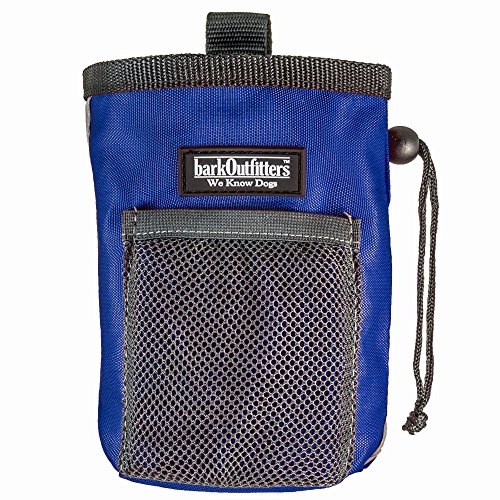Training a dog requires many hours of dedication and patience. To achieve the desired results in rescued dog will take double the dedication and patience. It's a lot of work, but in the end it will be worth the effort.
Unplanned litters continue to be common even though the practice of spaying and neutering has been around for decades. As a result of this there are just not enough homes for all of the puppies that are born. If you add to this the number of runaways and lost dogs, the shelters and missions are filled to the brim. The sad truth is that a large number of these dogs end up euthanized.
For a some lucky dogs, there is a second chance. Some will be adopted into the care of a loving family or rescued from the street. But to the inexperienced dog owner it can be a mystery as to how best to proceed.
Rescued dogs are often in poor shape when they are brought in to a shelter. It is not uncommon for them to be victims of neglect, abuse of even terrible living conditions. Other times, for a number of different reasons, these dogs were released into the wild to fend for themselves.
In nature a dog is a pack animal. Wild dogs generally do poorly on their own. Domesticated dogs are used to human and animal interaction so do poorly when released to the wild. However, with some training, these 'wild' dogs can learn to tolerate human touch and stop barking at the smallest noise.
As the first step in rescuing a dog you should take it to your veterinarian for a full exam. You will not be able to start training your new dog if he is sick or in pain. It is very important to give the dog enough time to regain weight and energy.
It may be a tall order, but whenever possible try to get the dog's history. Your training efforts will be helped if you have information on the dog's past abuse or medical history.
Slow and steady is the order of the day when establishing trust with the dog. It is important not to force yourself on the dog. They will need to learn that they can trust you before they seek you out. The use of treats is a good way to build trust. Place a treat on the floor and back away a few steps. Do not stare directly at the dog. When the dog takes the treat, praise him enthusiastically.
It is not uncommon for some rescue animals to initially seek out physical contact . Some can take weeks or more. But once you have got it you may want to attempt to gently lay the dog on its back and put your hands on its chest. Dogs that tend to be aggressive may resist but a passive, fearful dog may accept . Neither behavior is good. An aggressive dog would be forced into submission under normal training. This will not work with a rescued dog. Establishing trust will take time. By speaking in a soft and calm tone of voice and gently rubbing the belly a fearful dog will know that being on its back is a positive experience and not a punishment.
In the case of a rescued dog training can be slow and difficult. They are often older dogs, mixed, and with difficult temperaments which makes training more challenging. Hang in there. You will be rewarded in the end.
Don't feel sorry for the dog. Training can be hindered by doing this. Be patient, loving and understanding but don't let the dog have the run of the house. Be a pack leader and let the dog know that you are in charge.
Your rescued dog will reward you with unconditional love.

 The Five Most Common Dog Diseases including Ringworm and Mange
The Five Most Common Dog Diseases including Ringworm and Mange
 The Evolution of Dogs: 5 critical steps in the evolution of the modern dog
The Evolution of Dogs: 5 critical steps in the evolution of the modern dog
 Choosing a Dog Breed
Choosing a Dog Breed
 Small Dog Cross Breed As A Pet
Small Dog Cross Breed As A Pet
 Basic Obedience Training for Dogs: What You Ought to Know
Basic Obedience Training for Dogs: What You Ought to Know
 The Effects of Nicotine and Secondhand Smoke on Your Dogs
The Effects of Nicotine and Secondhand Smoke on Your Dogs